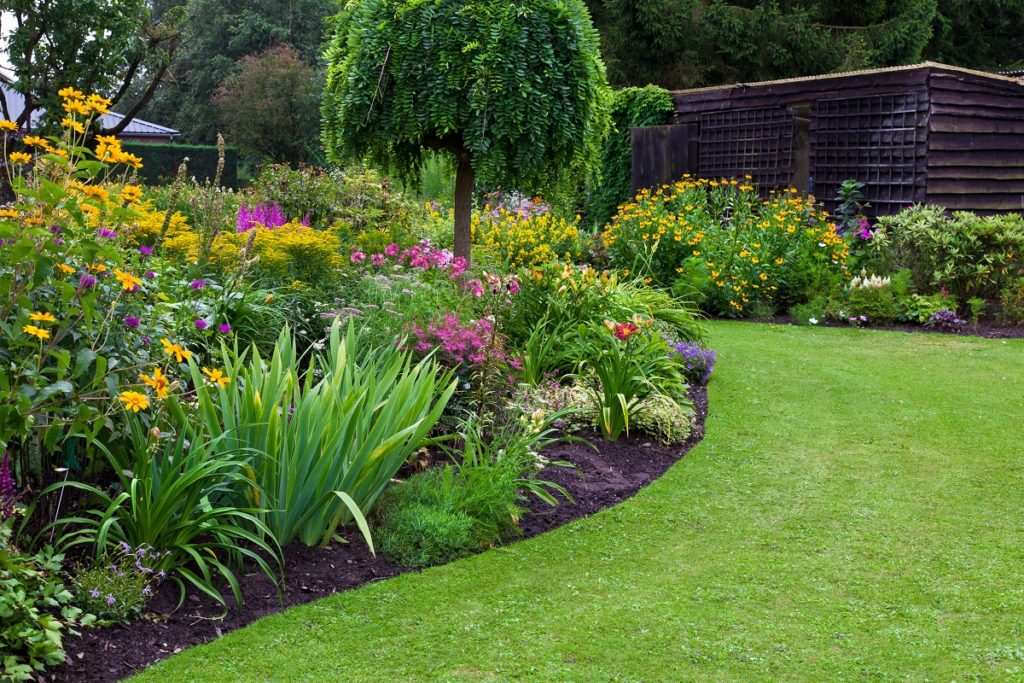A lot of people have misconceptions about the term “rain garden”. Most of the time, people imagine a landscape that’s almost always moist, consisting of juicy basins with plenty of plants always in dire need of water and a few amphibians here and there.
However, rain gardens aren’t always blessed with moisture-filled conditions. These can almost mimic a temporarily flooded spot or an extremely dry desert. The true purpose of a rain garden is to retain water until it thoroughly soaks into the soil through a shallow planted depression.
Creating a rain garden, or its more technical term bio-infiltration basin, is among the most highly requested landscaping services here in Minneapolis, MN homes due to its eco-friendliness. It’s viewed as an important solution for places that experience huge amounts of stormwater runoff and pollution.
Why You Would Benefit from a Rain Garden
 One of the best features of a rain garden is that it prevents pollution. Runoff water gets exposed and collects pollutants as it flows, making it unpure and almost contaminated compared to rainwater. When it flows through lawns and gardens, it collects excess phosphorus and nitrogen that are present in lawn fertilizers.
One of the best features of a rain garden is that it prevents pollution. Runoff water gets exposed and collects pollutants as it flows, making it unpure and almost contaminated compared to rainwater. When it flows through lawns and gardens, it collects excess phosphorus and nitrogen that are present in lawn fertilizers.
When runoff water flows down the rivers and other bodies of water, it causes damage and even kills fish. Also, rain gardens are great for conserving water. Because most of the native plants that are usually planted in rain gardens do not require supplemental irrigation, homeowners won’t have to worry about constantly watering these plants.
They are deep-rooted and are capable of surviving even in seasons when there’s a minimal amount of rain. Finally, having a rain garden increases your protection against flooding. Instead of puddling in your yard, your rain garden plants will be able to hold all the excess water from the rain.
Also, because you won’t have to deal with standing water anymore, you lessen the chances of having mosquito breeding problems around your property.
How You Can Design a Rain Garden Properly
Make sure the shape of your rain garden complements the rest of your garden design. Because there are no specific rules when it comes to ensuring a rain garden functions properly, you can get as creative as you want. Pick a theme as your starting point. Do you want it to look formal or wild?
To achieve the vibe you want, you need to be careful about your plant selection. Some of the most common choices of plants for rain gardens are Athyrium filix-femina (lady fern), Carex vulpinoidea (fox sedge), Acorus gramineus (sweet flag), Lobelia cardinalis (cardinal flower), Cornus sericea (red-twig dogwood), and Veronicastrum virginicum (culver’s root).
Also, be mindful of all the rules associated with proper composition, circulation, and screening. All of these are important if you want your rain garden not just to look great, but also function properly.
Finally, keep in mind that a rain garden isn’t a standalone feature of your entire backyard. It has to flow smoothly with the rest of your other plantings. You can even create more than one rain garden for continuity.


